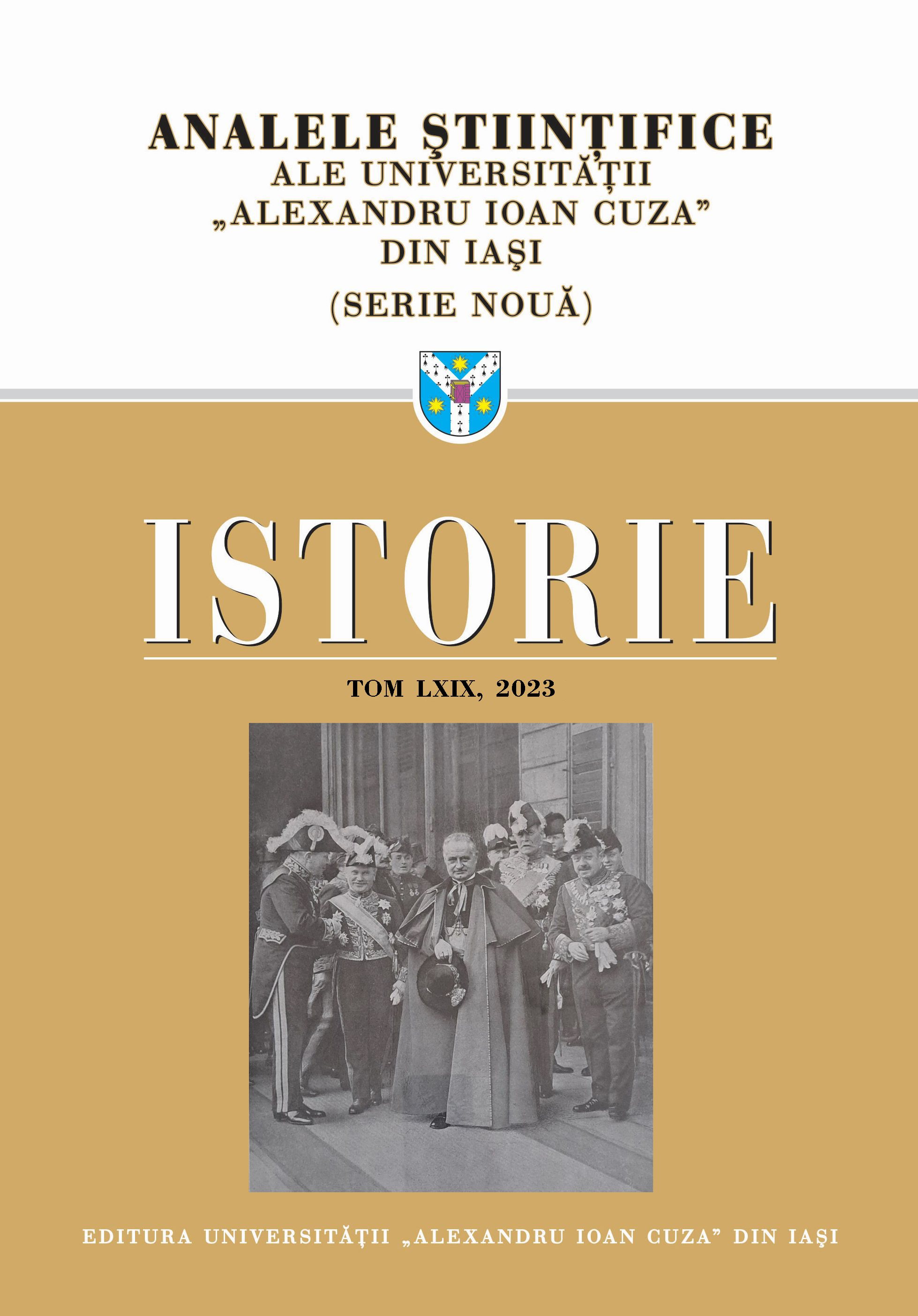Între stema regală şi steaua roşie. Aspecte privind personalul diplomatic al României (1947-1952)
Between the Royal Coat of Arms and the Red Star. Aspects regarding the diplomatic personnel of Romania (1947-1952)
Author(s): Ciprian NiţulescuSubject(s): History, Diplomatic history, Political history, Post-War period (1950 - 1989), History of Communism, Cold-War History
Published by: Editura Universităţii »Alexandru Ioan Cuza« din Iaşi
Keywords: The Romanian Ministry of Foreign Affairs; Ana Pauker; diplomatic personnel; Stalinism;
Summary/Abstract: The cleansing of the entire diplomatic and administrative personnel of the Ministry of Foreign Affairs of the Romanian Kingdom in the second half of 1947 involved the creation of a new profile of the Romanian diplomat during the following years, in an era of the global Cold War, when the Romanian diplomatic corps was led by the communist leader Ana Pauker. Besides the new wave of diplomats of working origin (in an age of “class struggle” and of the primordial role of the One-Party-State), the study presents, as exceptions, diplomats from the Antonescu era, who remained in the Ministry of Foreign Affairs after November 1947, important intellectuals of the interwar Romania, holding positions of plenipotentiary ministers of the new Romanian Popular Republic, several among from the first members of the Romanian Communist Party, employed with the ministry in 1946, beside representatives of the Diplomatic Corps from 1947-1952 (to whom we added also the heads of Economic Agencies attached to the diplomatic offices of those years), grouped by the areas of higher education, inclusively PhD, completed by them actually during the years of the Romanian Kingdom. The study points out that, unlike in the previous decades, during the Pauker period of the ministry, many representatives of national minorities (especially Jews), many women were hired in the Diplomatic Corps, but also representatives of some professions, such as physicians, which were not, as a rule, previously accepted. That being also a historical period of contact between two political-social regimes, we should notice that, unlike in the subsequent communist decades, there were in the ministry, people coming from the bourgeoisie. Even if that was a Stalinist portion of the Romanian history, most of the diplomats presented not being any longer among the ministry personnel during the national-communism years after 1963, however, some representatives of Ana Pauker’s entourage from the Ministry of Foreign Affairs, such as Corneliu Bogdan and Radu Comsa, resumed their career, holding important positions in the Romanian Diplomatic Corps after 22 December 1989.
Journal: Analele Ştiinţifice ale Universităţii »Alexandru Ioan Cuza« din Iaşi. Istorie
- Issue Year: 2023
- Issue No: 69
- Page Range: 263-295
- Page Count: 33
- Language: Romanian

